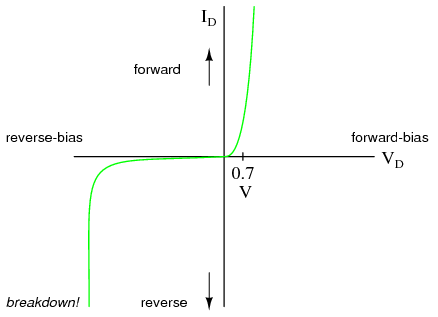Rachel---HAve you look at DTR's 08 diode page?
As you scroll down, it shows many output level as a function of amp and voltage the diode is capable of---see: https://sites.google.com/site/dtrlpf/home/diodes/nubm08-455nm-4-3w-laser-diode
N's data sheet is available on that page also.
As you scroll down, it shows many output level as a function of amp and voltage the diode is capable of---see: https://sites.google.com/site/dtrlpf/home/diodes/nubm08-455nm-4-3w-laser-diode
N's data sheet is available on that page also.
Last edited:




